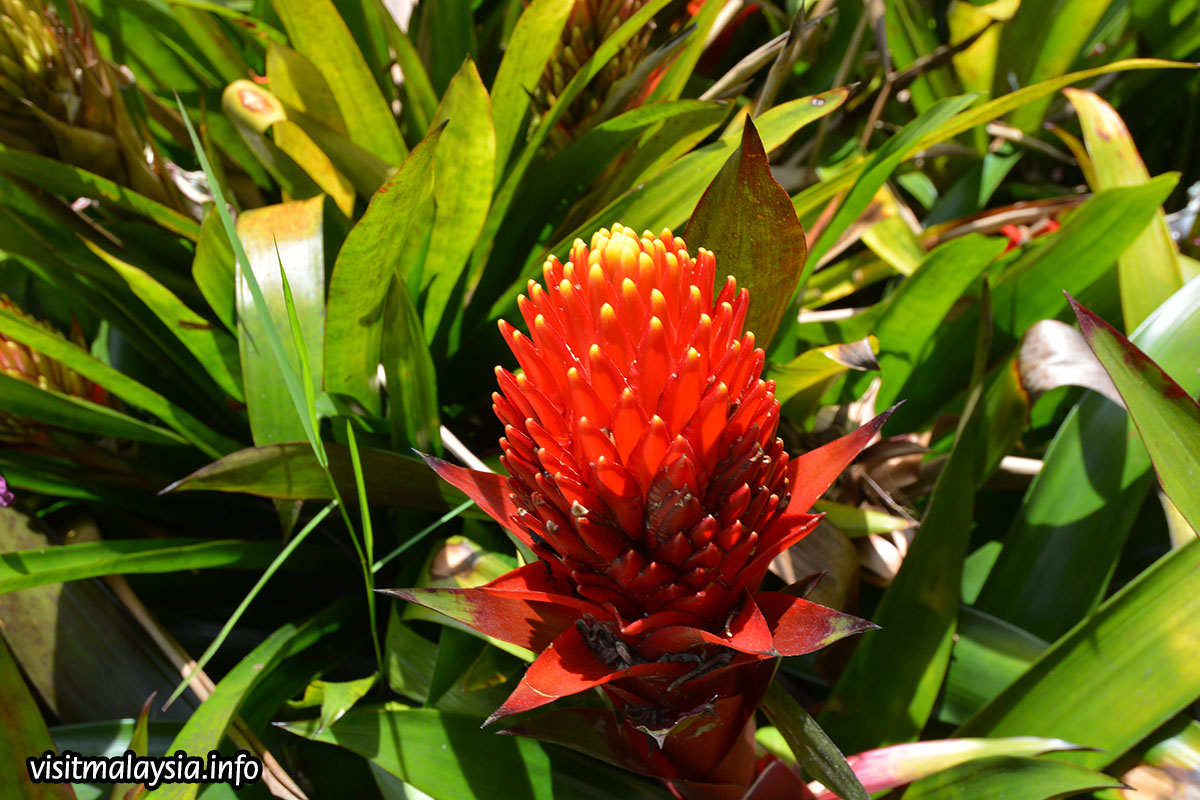

Luckily, we have got apps that will do the job for you. But keeping them means you have to take care of them, too. Hence proved, we all should keep lots and lots of indoor and outdoor plants. Research published in the early 2000s showed that people recovering from mild illnesses and surgery who were surrounded by plants needed fewer analgesics and recovered faster than people who weren’t surrounded by plants. Have you ever noticed that most hospitals and other health facilities are situated in natural settings? Additionally, most of them keep plants in the patient’s rooms. In addition, it has been proven many times that the absence of stress strengthens your immune system, which explains why gardeners tend to be less stressed and tense. Plants are characterized by sexual reproduction and alternation of generations, although asexual reproduction is also common.Your mind and body can benefit from keeping a few indoor plants. Some plants are parasitic or mycotrophic and may lose the ability to produce normal amounts of chlorophyll or to photosynthesize. Their chloroplasts contain chlorophylls a and b, which gives them their green color. Green plants obtain most of their energy from sunlight via photosynthesis by primary chloroplasts that are derived from endosymbiosis with cyanobacteria.

However, all current definitions of Plantae exclude the fungi and some algae, as well as the prokaryotes (the archaea and bacteria).

Historically, plants were treated as one of two kingdoms including all living things that were not animals, and all algae and fungi were treated as plants. They form the clade Viridiplantae (Latin for "green plants") that includes the flowering plants, conifers and other gymnosperms, ferns and their allies, hornworts, liverworts, mosses and the green algae, and excludes the red and brown algae. Plants are mainly multicellular, predominantly photosynthetic eukaryotes of the kingdom Plantae.


 0 kommentar(er)
0 kommentar(er)
